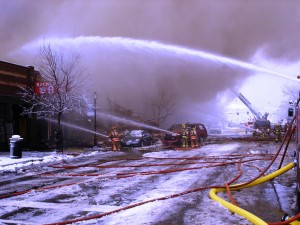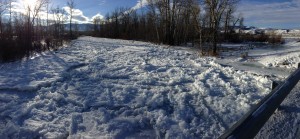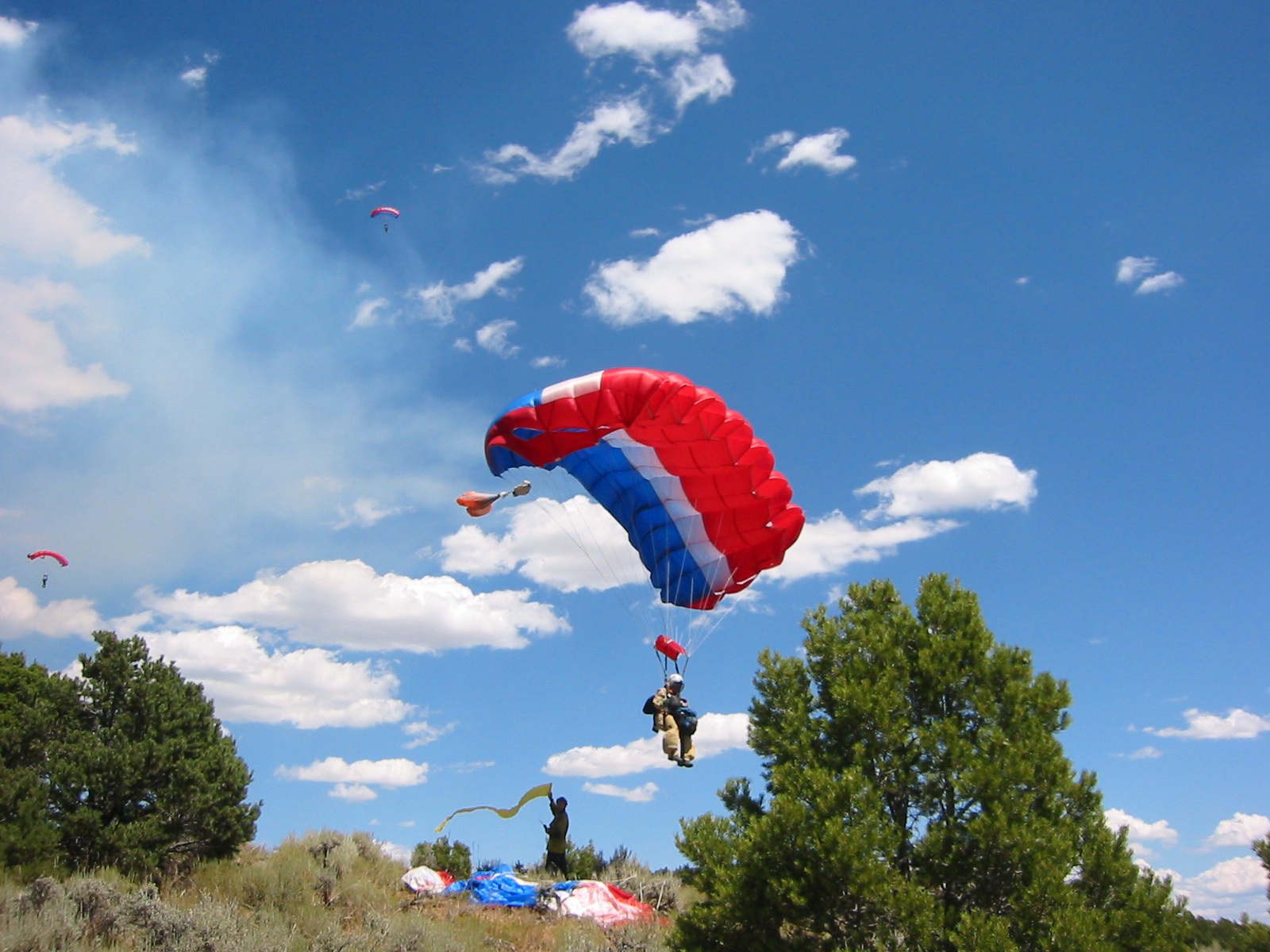
CIA ties to Forest Service smokejumpers documented, names released
Courtesy Missoulian, Rob Chaney June 7, 2015
There’s a painting hanging in the Central Intelligence Agency’s Langley, Virginia, headquarters called “Khampa Airlift to Tibet.”
“You look at the canopy of the parachute and you can tell they are smokejumpers, and the suits are smokejumper suits,” said retired jump trainer Chuck Sheley. “You could figure out where they got their training.”
Artist Dru Blair’s nighttime image depicts a man in a parachute and several loads of cargo dropping into a moonlit mountain valley.
It recounts more than a decade of CIA efforts to support Tibetan resistance movements against the People’s Republic of China during the 1950s and 1960s.
And this summer, that chapter of covert history will get another quiet acknowledgement when the National Smokejumper Association brings its 75th anniversary celebration to Missoula on July 17.
The three-day gathering will focus on the thousands of missions these uniquely trained individuals confronted since Rufus Robinson and Earl Cooley jumped into a wildfire on the Nez Perce National Forest on July 12, 1940.
But as government documents have been declassified over the years, more and more of the secret spy work smokejumpers did has also come to light.
“For a long time, the guys that did it were told they couldn’t talk about it,” said reunion spokesman Bob McKean, a retired smokejumper and former school administrator in Missoula who now lives in Oregon. “Also, there was that ethos about not really talking about what you do that much – it’s just part of the gig. Braggadocio doesn’t work outside the organization.
“But there’s quite a few people right around Missoula and Helena and around the country who were involved, and they’re starting to die off right now. A lot of their stories will go to the grave.”
***
The idea of parachuting into remote wildfires got going before the military thought of parachuting soldiers or spies into danger.
McKean said as World War II spurred the hunt for new ideas and tactics, military planners started taking notice of the U.S. Forest Service’s program out West.
“Smokejumpers had that skill set for landing in inaccessible areas and dropping cargo to those areas,” McKean said. “Add to that the nature of the individuals who become smokejumpers – they’re people with the self-sufficiency and mindset to do some of that covert work.”
Sheley publishes the National Smokejumper Magazine. His latest issue includes a list of 96 smokejumpers who had CIA experience. Six people asked for their names not to be published.
In the article, Sheley quoted former smokejumper Jim Vetch, who worked with many of the people on that list. Vetch told Sheley the CIA found smokejumpers an ideal fit for the jobs it needed done.
“I think it was because we could go anywhere, any time, and do a tough, confusing job and then keep our mouths shut,” Vetch said in the article. “I think smokejumpers have what it takes. They are not just fit and strong, but have the ability to think independently and work toward a solution, no matter what the odds.”
After the missions in Tibet, smokejumper/CIA agents worked in India, the Congo, Cuba, numerous South American countries, Vietnam and Laos. The story of Missoula smokejumper Jerry Daniels and his efforts to save refugees from Hmong General Vang Pao’s resistance forces has been well chronicled.
“I trained a lot of these guys in the ‘60s,” Sheley said. “I knew what was going on at that time. So when I heard on the news that we didn’t have people in Laos from President (Richard) Nixon, I remember thinking: ‘Holy Toledo – that’s not true.’ ”
Since then, there have been urban myths and occasional references to the CIA’s airborne agents in movies like “Air America” and “Rescue Dawn” that Sheley said inaccurately portray what the smokejumpers did.
Better books like Gayle Morrison’s “Hog’s Exit” (about Jerry Daniels) or the University of Texas-Dallas library archives are better sources.
Just don’t expect a lot of stories at the Missoula reunion. Sheley said he’d been working on the list of smokejumper CIA names since 2002, and only published it now because some who resisted its release had died.
“It was just a coincidence that we’re having it at the same time as a reunion,” Sheley said. “I didn’t want to offend any of these guys. A few didn’t want the names published, although most of them have been out in books or on the Internet for years. At the same time, about 70 percent of the guys would like the list released.”
CIA ties to Forest Service smokejumpers documented, names released.pdf

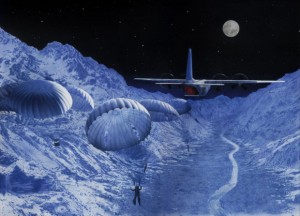

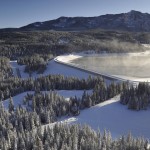 Previous Post
Previous Post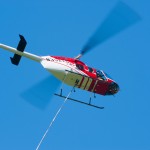 Next Post
Next Post